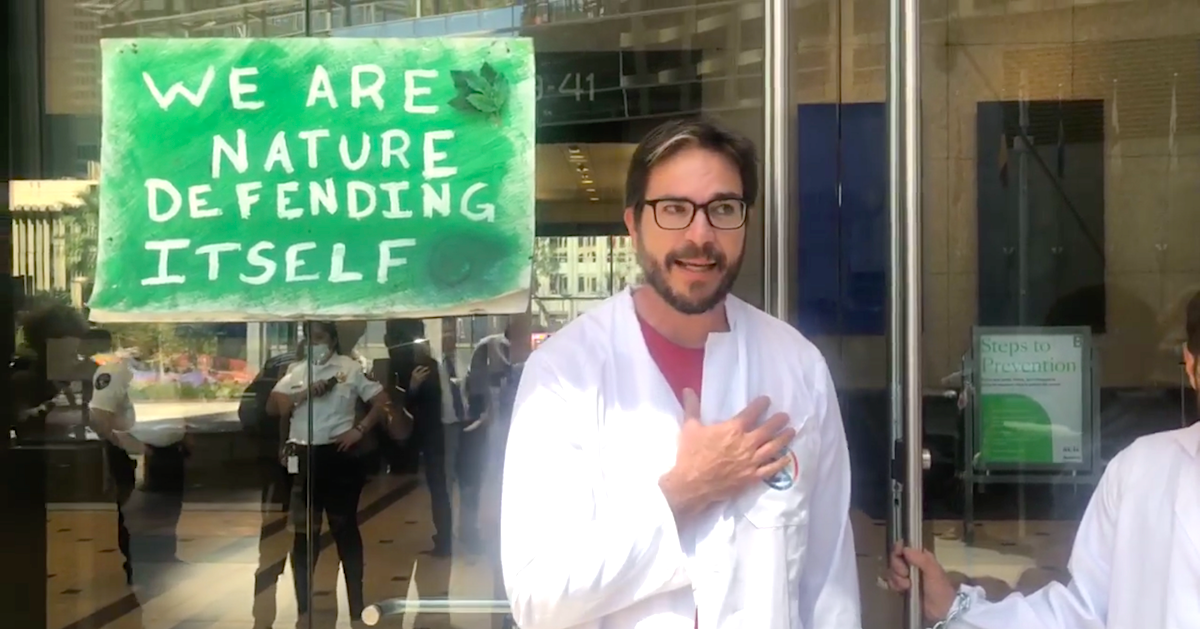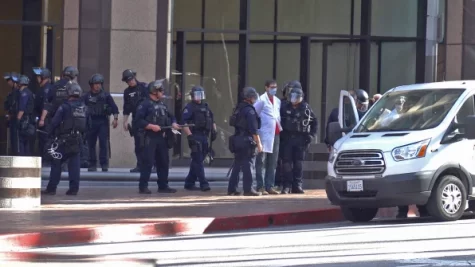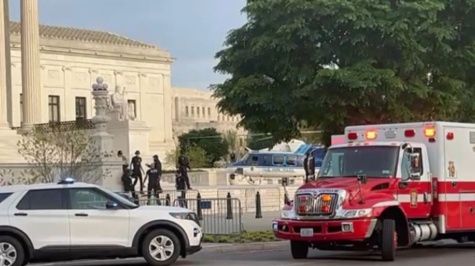
Ruby Hawbecker | Writer
April 28, 2022
In early April, NASA Scientist Peter Kalmus and three others chained themselves to a JP Morgan Chase bank in hopes to start a climate revolution. Kalmus studies biological systems and climate change in NASA’s jet propulsion lab, and he was attempting to shed light on the huge amount of funding that Chase has contributed to fossil fuels. Along with Kalmus, dozens of protests have taken place across the world following the release of the United Nations’ Climate Report. This report stated that the world must limit global emissions to 1.5 degrees Celsius above the pre-industrial standard in order to prevent increasingly frequent extreme effects such as wildfires, droughts, hurricanes, and floods across the globe.
Many of the scientists who have been pushing for change are not taken seriously, despite their qualifications, and arresting them and silencing their voices is only negatively impacting people and the planet. In his speech during his protest, Kalmus stated that the planet is “on track to become unlivable.” He said that he was willing to risk everything for conservation on these crucial issues.

“The idea that the world might become unlivable is terrifying, but what’s even scarier is that the power to make change is largely in the hands of the government, and they aren’t doing enough to help,” junior Kayla Fishel said.“Discrediting all of these scientists reminds me of the movie ‘Don’t Look Up,’”she said, alluding to a satirical movie in which a scientist who tries to save the world from an asteroid hit is ignored. The similarities between the fictional movie and real-life climate change denial are evident in scenes like this one where the desperate warnings of scientists aren’t taken seriously.
More recent protests have occurred against inaction on climate change. On Earth Day (April 22), A Climate activist named Wynn Bruce died while protesting outside of the US Supreme Court. In February, the conservative majority of the court had voiced their opposition to the Environmental Protection Agency’s authority to control pollution, and in protest of this, Bruce set himself on fire in Washington D.C., unfortunately not receiving treatment in time to survive.

“I think this event was definitely a way to garner people’s attention, considering the man burned himself to death for the environment. While it did startle just about everyone, I do not believe these actions were necessary for the sake of humanity,” junior Kayla Mclaughlin said. “No one had to sacrifice themselves in this situation.”
This event did bring more attention to the crisis on our hands, but it didn’t help people to understand what to do to help the issue. Spreading the word about the severity of this world-altering crisis is what is most important at this point in time. With enough support, the government can create systems that work to limit fossil fuel emissions and restore ecosystems.
“I don’t even know where to begin talking about how vital education about climate change is. It could genuinely make or break us. Not educating about the severity of the climate crisis around the world will slowly but surely kill us all. We need a series of global climate activist generations who will intensely fight to change the way the governments are regulating how we interact with our environment,” Mclaughlin added.
It is vital to recognize that this problem is much bigger than limiting plastic straws and recycling. It can only be addressed if enough people recognize the weight of the issue and its disastrous present and future effects for the planet and for humanity.

Leave a Reply